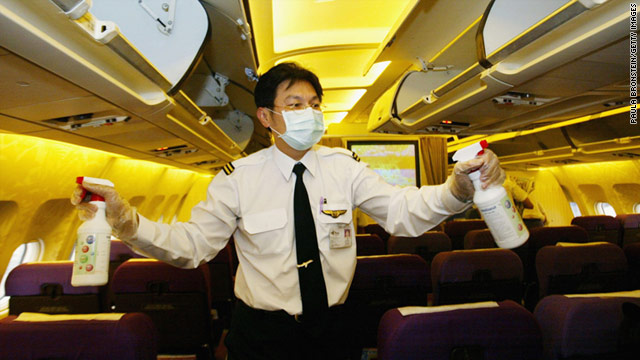In today’s modern world, the ability to travel to another country is easier than ever before. They can hold more people now than ever they ever have and are faster and more technologically advanced than ever before (Bejan et al. 2014). This increase in ability and ease of travel has also allowed infectious diseases to spread larger distances.
According to research, most viral infections are caused from imported diseases by tourists, immigrants, refugees, travelers. In 2007 and 2008, 60% of people in Germany infected with Hepatitis A have never travelled (Wu and Guo 2013). In Taiwan a case study from 2002-2013 shows that 43% of malaria cases reported were from mosquito species in Africa and 44% from Asia (Shou-Chien et al).
One way transmission occurs is when people from developed countries travel, unimmunized, to countries that are endemic to some diseases. One example would be Hepatitis A; seropositivity rates in developed countries such as Canada are quite low, as many people have never been exposed to the Hepatitis A (HAV) virus. These people then travel to developing countries in which HAV is endemic, with higher seropositivity rates. There is therefore an increased risk of transmission to these non-immunized travelers (Wu et al. 2013).
This mechanism of action is also seen in malaria transmission, as many people from developed countries, who have never been exposed to malaria, travel to endemic countries where a significant portion of the population has dealt with malaria many times throughout their lives. These travelers may not have had proper pre-travel advice and know how to prevent infection with this illness, and may import the disease to their home country upon their return. One case study is Taiwan, in which 62% of people infected with malaria between 2002 and 2013 did not receive pre-travel medical advice (Shou-Chien et al. 2014).
It is not only viral infections that spread more easily through international air travel, but other types as well, including bacterial infections. For example, approximately 18% of Campylobacter infections, which is the most common bacterial cause of diarrhea in Canada, is caused by international travel (Palmer et al. 2014).
One way to mitigate the spreading of disease is increasing personal knowledge of diseases that are known to be in the area of the travel destination. Before an individual leaves they should do a pre-travel consultation with a physician and get any necessary vaccinations available (Moore 2015). Going through things such as past health and travel history as well as learning about food and water quality in the country of travel is useful information. This helps reduce the chance of obtaining disease while in the foreign country as well as possibly bringing it back home (Moore 2015). Increasing overall awareness of prevalent contagious diseases is a helpful step in reducing the spreading of disease.
Some other methods of prevention include to avoid swimming in open fresh water that breed flies, wear long sleeve shirts and pants to shield against mosquito bites or by sleeping in air conditioned rooms to avoid mosquito bites. Eating healthy and drinking clean water is also an important factor to consider. High risk foods like unpeeled raw fruits, moist foods, vegetables, berries, food cooked by a street vendor at the road side, and buffet services should be avoided. Clean hands are also essential; hand sanitizers with over 60% alcohol and only clean water should be used to clean the hands (Moore 2015).
In conclusion, it is apparent that there is a positive correlation between air travel and the spread of disease. However, research suggests that taking preventative measures, like getting vaccinated, and educating oneself on the various diseases present can help to halt the spread of disease.
